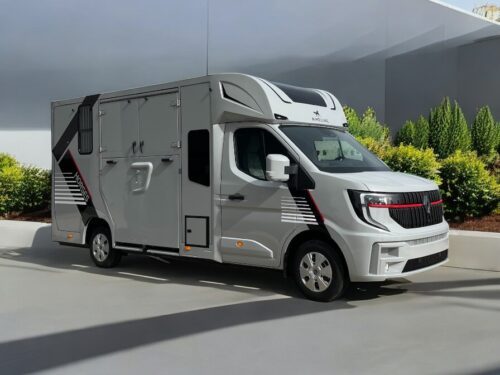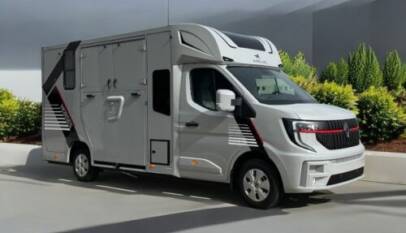
Selecting the right vehicle for horse transport requires careful consideration of their physical structure and temperament. A setup that fits one horse may not be compatible with another. This occurrence can lead to imbalance or injury to the specific horse.
To avoid such instances, this articles discuss the factors to identify the right horse trucks for both safety and comfort during travelling for horses.
Measuring the Physical Dimensions of Your Horse
Each horse has its own frame, and the first step in any decision concerning transport has to do with correct measurements. The stall space and the ramp size that are to provide a safe entrance and stable balance are determined by height, weight, and body width. The horse must be capable of raising their head freely and be able to move the weight. Higher horses need higher roofs, and wider horses are helped by broader partitions that cause less rubbing and fatigue.
When measuring dimensions, pay attention to the following:
- Internal height: The horse must be capable of lifting its head freely without bumping the roof.
- Partition width: The horse should be wide enough to allow the legs to be spread a little and offer balance when making a turn.
- Ventilation: Bigger horses produce more heat, and in that case, make sure there is a good airflow throughout the cabin.
Proportional space eliminates the hardening of the human body, exhaustion, and avoidable tension during movement. Many horse trucks are usually made to suit these specific needs by introducing adjustable partitions and ceiling heights.
Understanding Temperament and Behaviour
Temperament determines the level of comfort of a horse to travelling. Some are calm in nature, whereas others are motion sensitive and space-restricted. Horses whose behaviour is nervous or dominant may have to ride away or in certain directions. For example, rear-facing stalls tend to reduce the stress in nervous horses and to support them more easily against motion.
Choosing the Right Layout and Features
After knowing the measurements and temperament of your horse, the selection of the appropriate layout becomes easier. Straight-load systems fit smaller or amiable horses, whereas angle-load or herringbone systems are more appropriate to large or sensitive ones. Along with that, adjustable partitions give flexibility for growth or for carrying multiple horses safely.
Other helpful details include:
- Rubber flooring: It helps to reduce vibration and prevent slipping.
- Vents: Openings in the walls on hot days: maintain the air circulation.
- Wall padding: Reduces blows in motion.
- Tack storage: Makes the cabin tidy and clutter-free.
If you are searching for horse boxes for sale, you may need to pay attention to the factors that can allow you to adjust the layout and to get durable and silent finishes.
Final Thoughts
Finding a suitable match between the physical sizes and temperament of your horse helps to ensure safety and comfort in loading and transporting horses. Well-furnished interiors, adequate ventilation and low-light levels reduce stress to the horse and the handler. All in all, dimensions and flexibility should be at the forefront when selecting the horse boxes for sale.
Crucial Facts You Must Learn about the Best Dental Clinic in Bahrain
How does a reliable dental clinic offer the perfect outcomes? The competence of dentists i…




